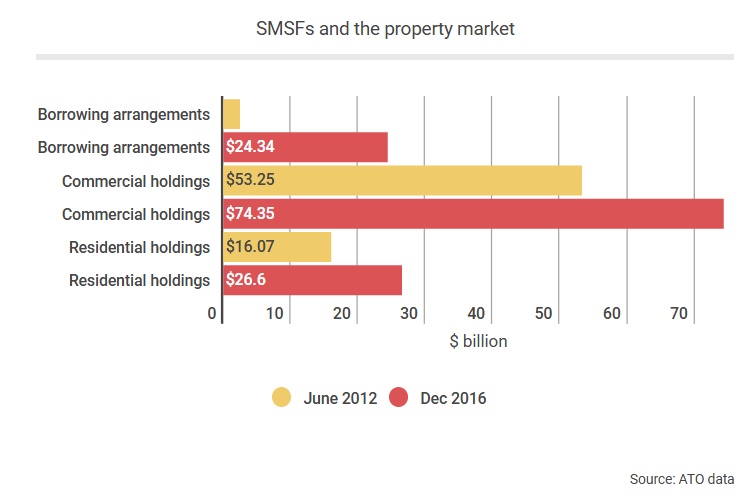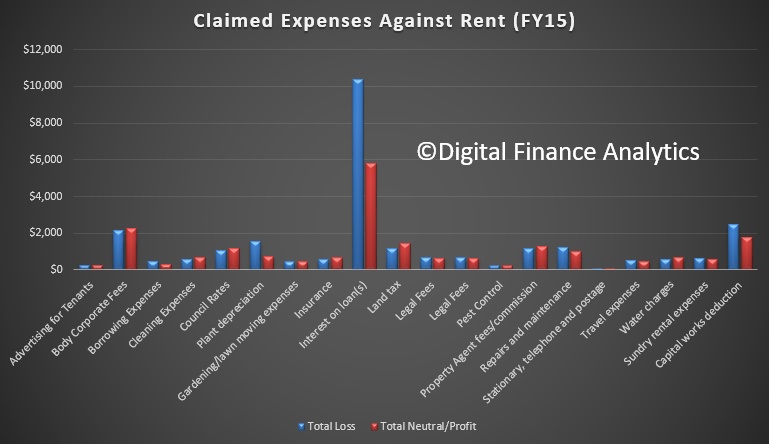The federal government could collect billions more in royalties and tax revenue if it changed the rules on debt loading and adopted alternative royalty schemes in dealing with oil and gas giants, new modelling shows.
Our modelling, funded by lobby group GetUp, found that over the four-year period from 2012 to 2015, Chevron’s average effective interest rate was 6.4%. However, it has been steadily reducing from 7.8% in 2012 to 5.7% in 2015.
We estimated that if Australia adopted a similar approach to Hong Kong to eliminate debt loading abuse, United States oil and gas giant Chevron would have been denied A$6.27 billion in interest deductions, potentially increasing tax revenues by A$1.89 billion over the four-year period (2012-2015).
The issue of debt loading abuse was highlighted last week when the full bench of the Federal Court dismissed unanimously Chevron’s appeal against the Australian Taxation Office (ATO), ordering the company to pay more than A$300 million.
Chevron Australia was using debt loading, where, compared its equity, it borrowed a large amount of debt at a high interest rate from its US subsidiary (which borrows at much lower rates). It did this in order to shift profits from high to low tax jurisdictions.
Based on Australia’s existing “thin capitalisation” rules, there is a maximum allowable debt that interest deductions can be claimed on, in a company’s tax return. Companies can exceed this debt but the interest charges must be at “arm’s length” – at commercial rates.
Chevron’s size and financial strength allow it to negotiate very competitive (low) rates on its external borrowings and this was the main issue in the Federal Court case. As the court has now ruled on what constitutes a reasonable interest rate for inter-company loans, this benchmark will likely be adopted by the ATO.
It can now approach and enforce this benchmark in similar disputes with confidence that companies engaged in debt loading will want to settle rather than engage in a costly court battle.
What the government could save from addressing debt loading
Chevron’s tax avoidance measures meant the interest rate, adjusted for maximum allowable debt, varied only slightly from their effective rate. Our modelling showed that if the ATO had applied the thin capitalisation rules to Chevron’s accounts each year over the four-year period, it would’ve reduced Chevron’s interest deduction by A$461 million and potentially generate an additional tax liability of A$138 million.
We modelled a scenario where Chevron Australia’s interest deductions were limited to the group’s external interest rate, applied to its level of debt. This would have reduced in the interest deduction by A$4.8 billion over the four year period, potentially generating A$1.4 billion in additional tax revenue.
We also worked out what would happen if Australia applied the debt loading rules Hong Kong does currently. Hong Kong disallows all deductions for related-party interest payments, making abuse of the system difficult. According to the latest ATO submission to the Senate tax inquiry, investment in the extraction of Australian oil and gas is almost entirely in the form of related-party loans.
Chevron Australia’s debt is entirely made up of related-party loans. If the Hong Kong solution was operating in Australia, we found that Chevron would have been denied A$6.275 billion in interest deductions, potentially increasing tax revenues by A$1.89 billion over the four-year period.
We also looked at ExxonMobil Australia, which also has high amounts of related-party debt (98.5%), and the Hong Kong solution would have denied ExxonMobil A$2.7 billion in interest deductions, potentially increasing tax revenue by more than A$800 million for the same period.
 US oil and gas company Chevron lost a Federal Court appeal against the ATO. Toru Hanai/ Reuters
US oil and gas company Chevron lost a Federal Court appeal against the ATO. Toru Hanai/ Reuters
Changing the PRRT for more revenue
Our report also includes an analysis of the potential for additional revenue from replacing the Petroleum Resource Rent Tax (PRRT) with resource rent systems used in the US and Canada. Oil and gas sales have increased from an average of A$5.96 billion per year between 1988 and 1991, to an annual average of A$33.3 billion between 2012 and 2015, indicating the huge growth in this sector.
We modelled what would happen if the US and the Alberta, Canada, royalty schemes were applied to Australian production volumes and realised prices, to compare returns to those achieved by the PRRT.
The US royalty scheme charges a flat percentage royalty on production volumes, priced at the well-head. The royalty rate was progressively increased in the US from 12.5% to 18.75% between 2006 and 2008.
Based on the data from Australian production volumes and realised sales prices, the US royalty scheme could have potentially raised an additional A$5.9 billion in revenue for Australia since 1988, or A$212 million per year.
However, over the period from 2010 to 2015, the additional revenues would have been almost A$2.5 billion per year. This is because of both the decline in the PRRT revenues, relative to price and volumes, and the increase in the royalty rate in the US.
However, while the US scheme would raise more than the PRRT, the Alberta royalty scheme would raise substantially more revenue than both of these schemes. The Alberta scheme is progressive in nature, meaning the royalty rate increases with the realised price, similar to income levels and personal income tax rates.
The Alberta scheme has been amended many times and the current scheme only started in January 2017, so the full effects of this scheme will not be evident for some time. However, based on the data from Australian production volumes and realised sales prices, we calculate the Alberta royalty scheme would have raised an additional A$103 billion in revenue since 1988, or an additional A$3.7 billion per year.
As the scheme was only implemented this year, these results may be unrealistic, but are indicative of the level of revenue that could be raised. Over the period from 2010 to 2015, the additional revenue would have been A$11.3 billion per year.
The modelling done for our report considers just two multinational corporations, their use of debt loading and the PRRT. Now we can can hope for more revenue collection from many of the multinationals operating in Australia, as a result of the recent Federal Court ruling.
Critically, too often corporations are able to work within Australia’s tax rules to avoid paying for operating here, by constantly arguing they can’t develop business in Australia unless there are tax breaks. Our modelling demonstrates governments need to ensure corporations benefiting from the use of Australia’s resources are contributing the same as they do in other jurisdictions.
Authors: Roman Lanis, Associate Professor, Accounting, University of Technology Sydney; Brett Govendir, Lecturer, University of Technology Sydney; Ross McClure,
PhD Candidate, casual academic, University of Technology Sydney









